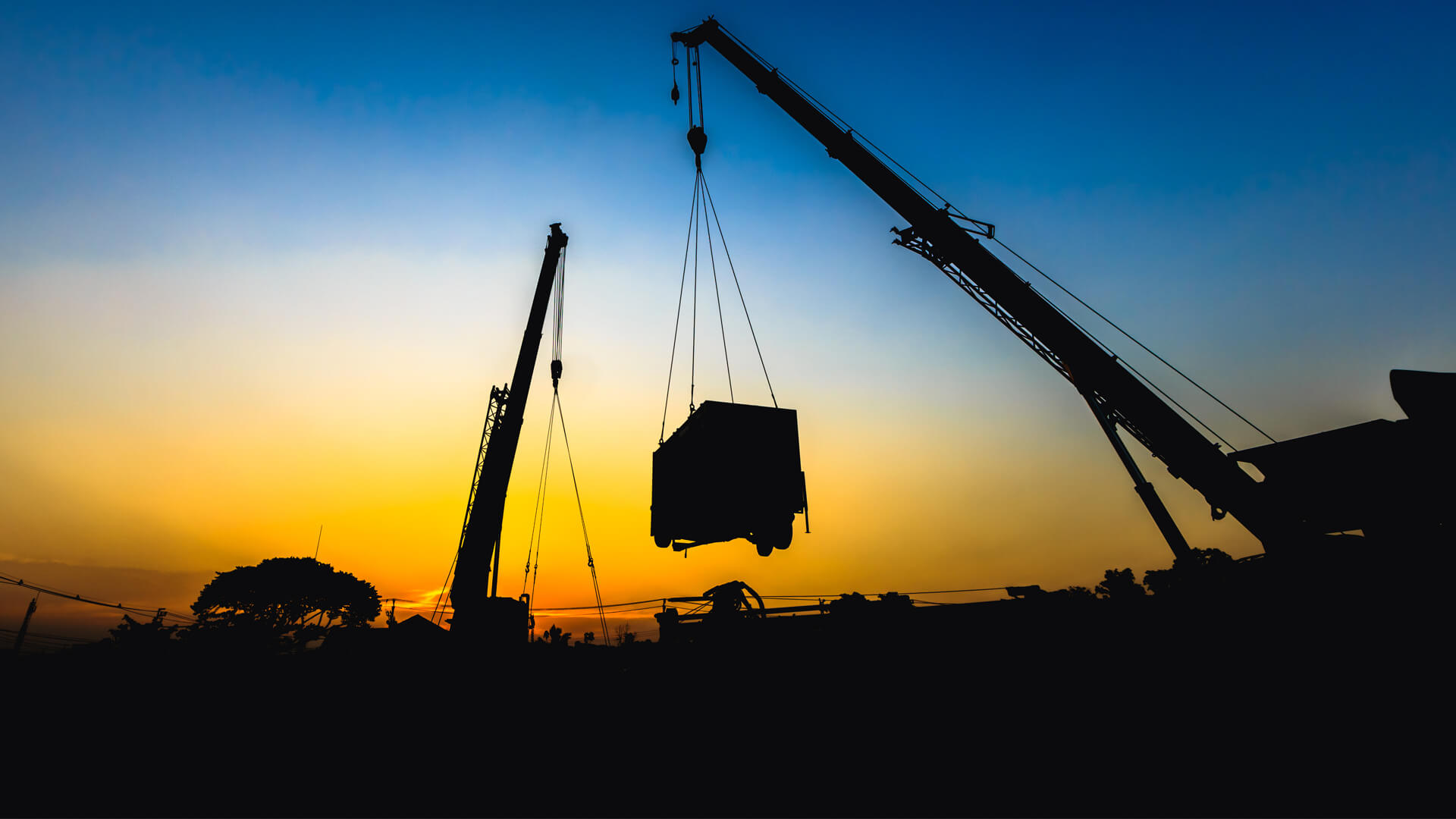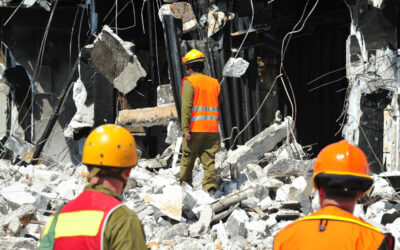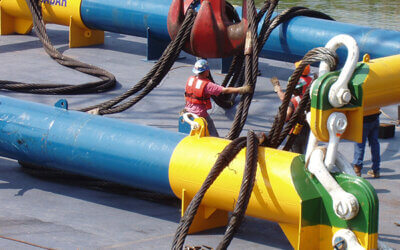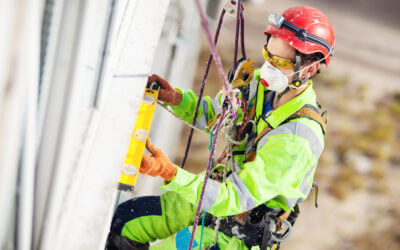The Occupational Safety and Health Administration (OSHA) sets the standards for all industries in the U.S. to ensure that everyone stays safe on the job. They take a three-pronged approach to helping prevent on-the-job hazards, which is to plan, provide, and train employees. For those who work around rigging equipment, these steps are especially crucial in keeping everyone safe at work.
What is a rigger?
A person who is qualified to work around rigging equipment, such as crane or other lifting equipment, is considered a rigger. Typically, they will hook and unhook loads to cranes and make sure that this is done safely. Not only do riggers work in construction, but they are also steel and iron workers, engineers, and people who work in the utilities, petrochemical, and manufacturing industries. Companies that specialize in making rigging equipment and slings, especially, need to have qualified riggers on their teams. They might also be masons, millwrights, boilermakers, or work in other mechanical industries. No matter how they will use this equipment, all should undergo some form of crane training and have a clear understanding of the best practices for rigging.
What responsibilities do riggers have?
Rigging isn’t only about hooking an object to a crane. A qualified rigger needs to be able to assess the type of equipment needed for a job and the capacity of the load that that equipment can handle. They may hook, unhook, or guide a load, and they may even operate the machinery needed to move it. According to OSHA guidelines, however, a rigger doesn’t necessarily need to perform all of these job duties in order to be considered a qualified rigger.
What kind of training does a rigger need?
OSHA requires anyone working with rigging equipment to be qualified to do so, whether that be through on-the-job training, certification, or through years of experience. Because every load that requires rigging has its own specifications for hooking, unhooking, and guiding it safely. Oftentimes, employers may choose to have their employees trained through a rigging certification program.
Rigging certification may come through training programs, where participants must be able to demonstrate their knowledge on both written tests and in a practical environment. For instance, they may need to study the different types of lifting slings on such equipment (endless, single-, two-, three-, and four-leg). They must also know about how much weight an anchorage must support (5,000 pounds) for a single tie-off point for one individual if they are working up high. Because proper rigging and the use of lifting gear requires engineering knowledge to ensure everyone’s safety, it is important for workers to have proper training before they are allowed around such equipment.
Do you have more questions about getting rigging certification for yourself or for your employees? Make sure to contact us about our training program and other products.






0 Comments